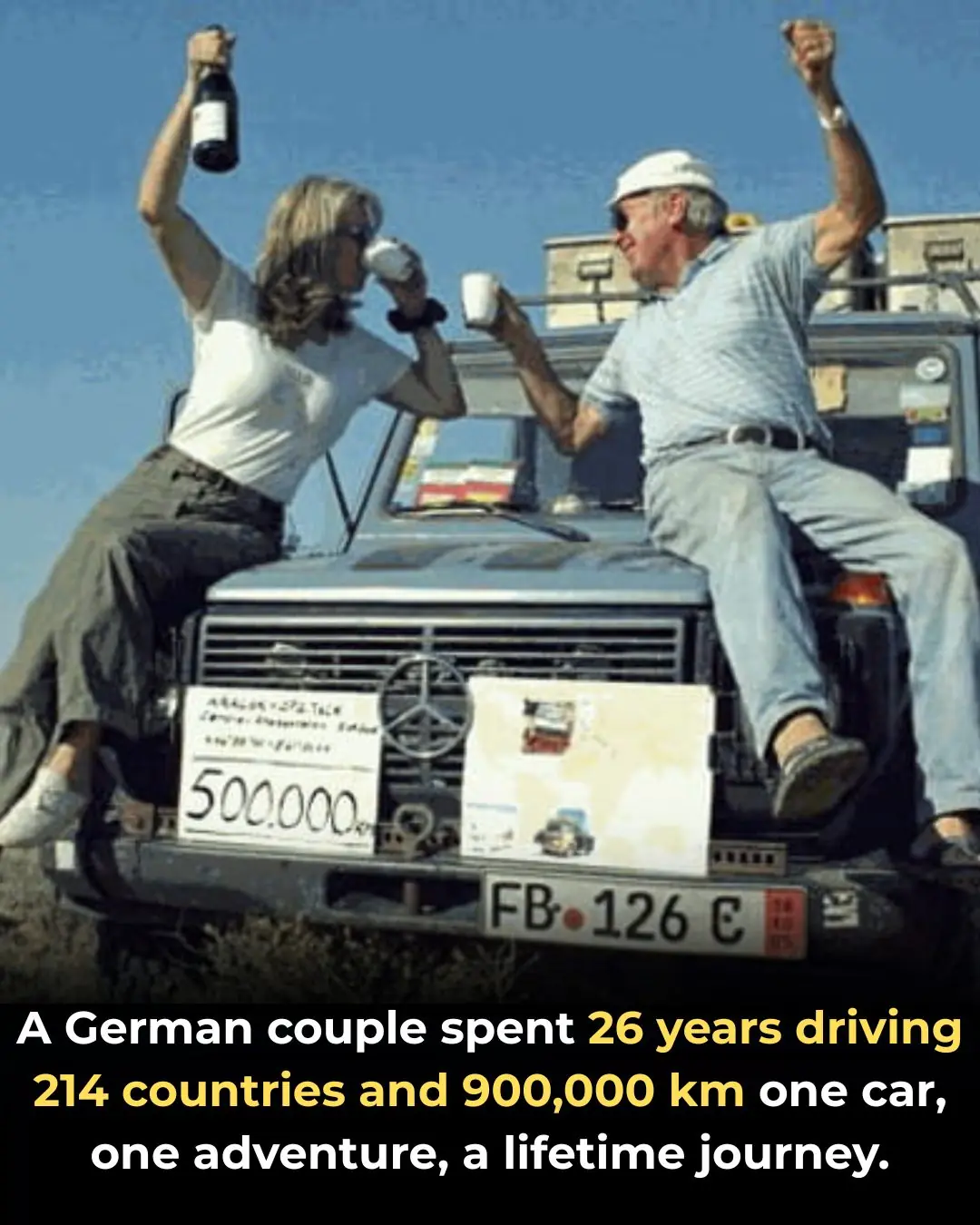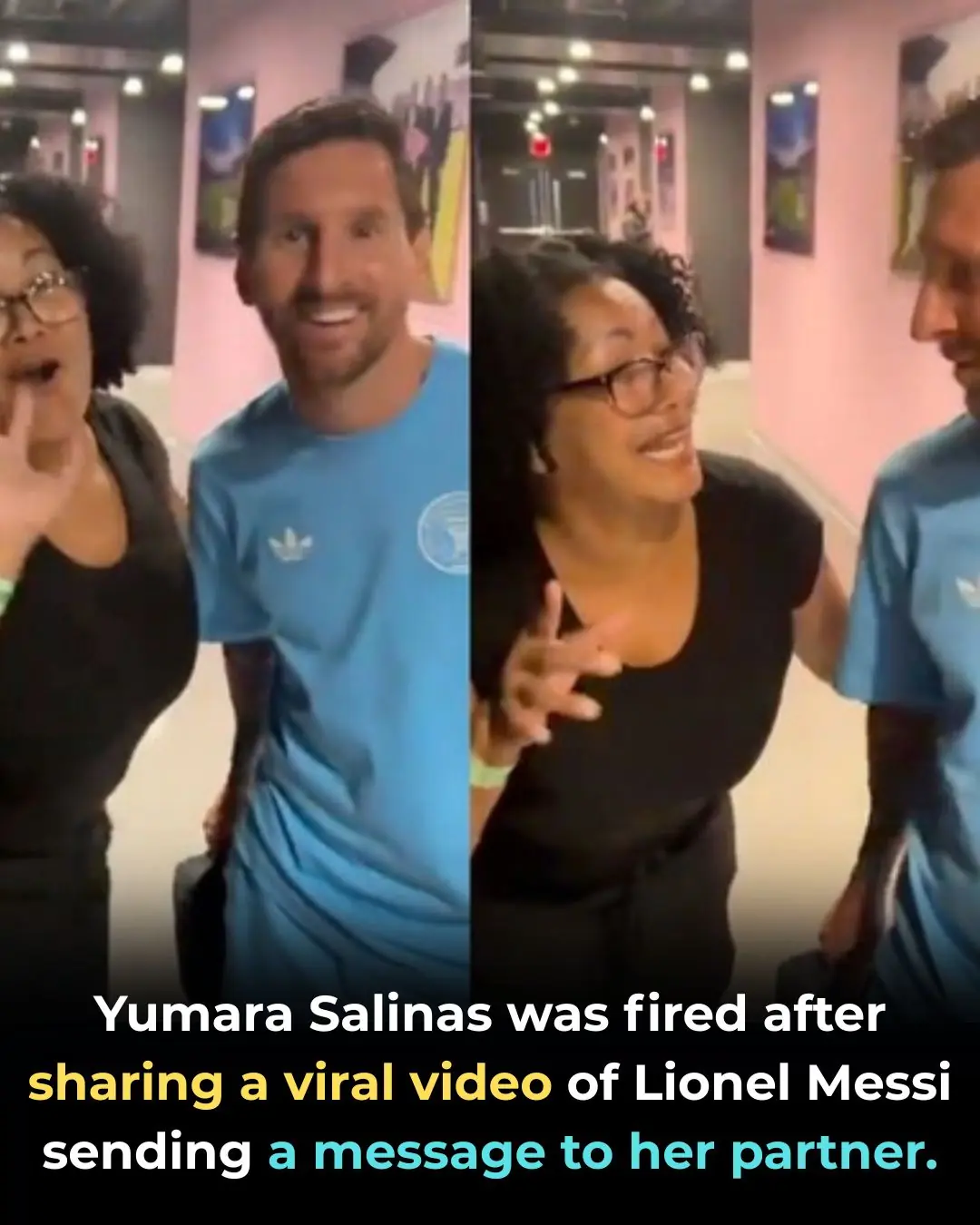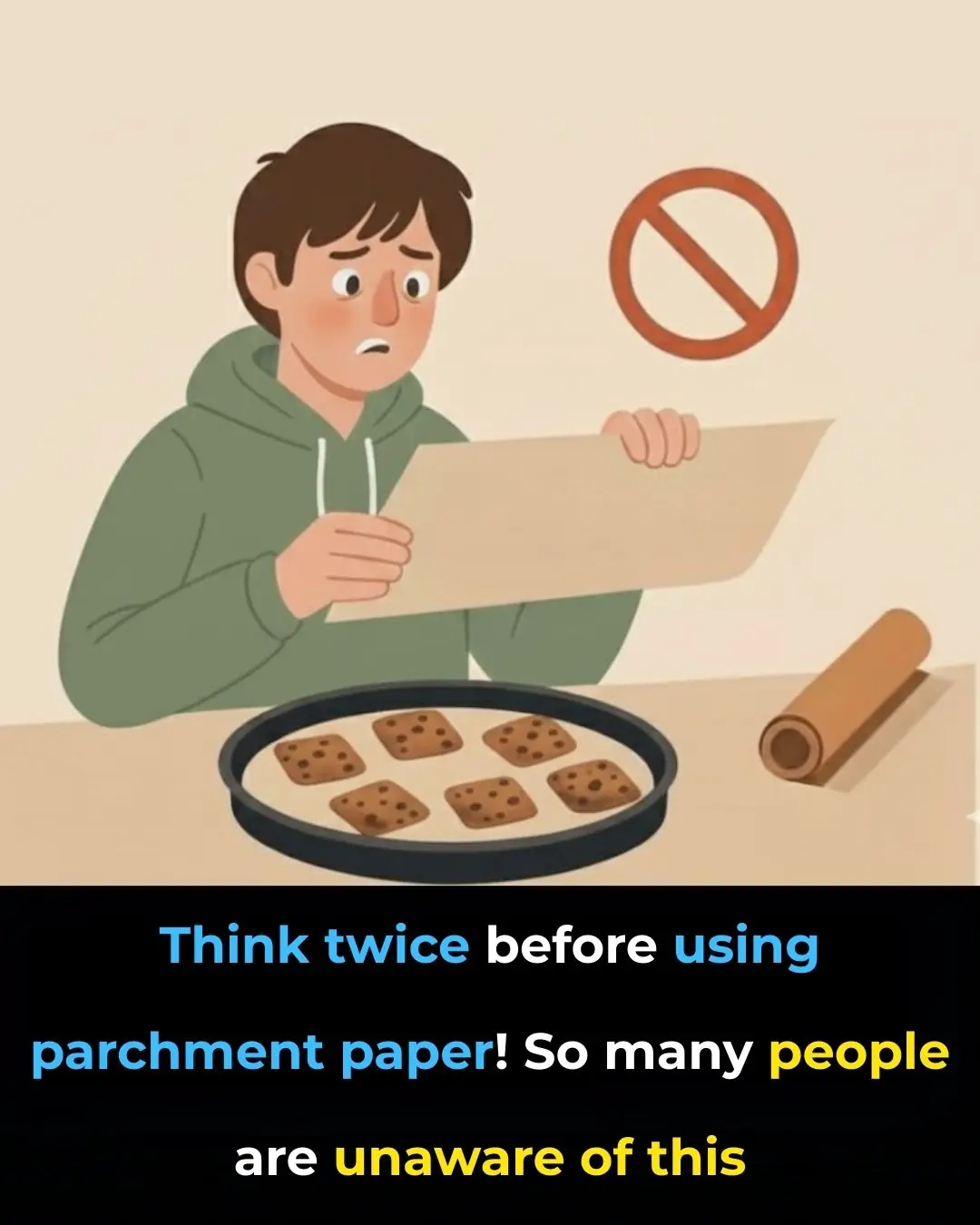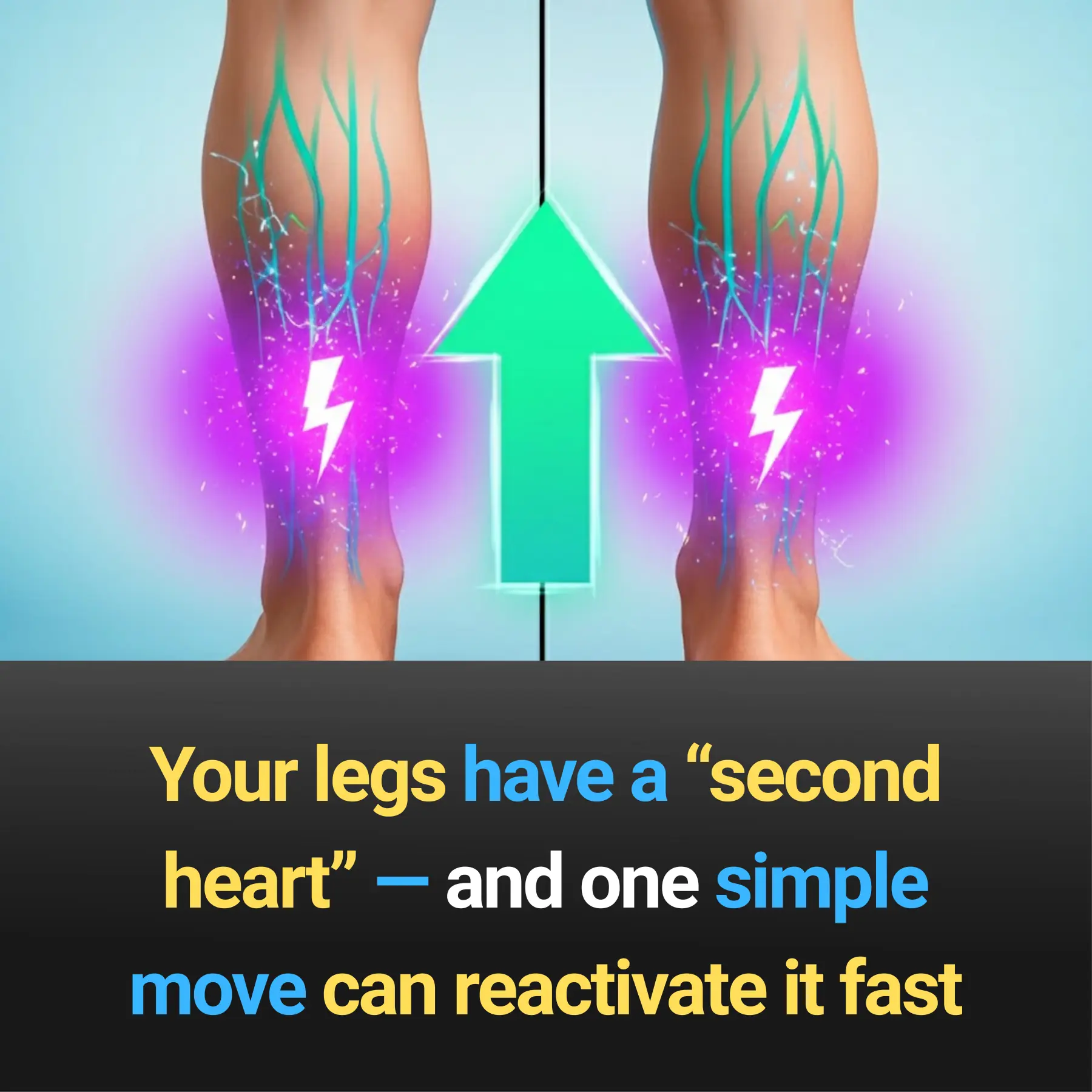
A High School Robotics Team Built What Insurance Refused — And Gave a 2-Year-Old the Gift of Independent Movement
When two-year-old Cillian Jackson of Minnesota needed a powered mobility device, his family faced a challenge they never expected. Commercial pediatric power wheelchairs can cost as much as $20,000, a price far beyond what many families can afford. To make matters worse, their insurance company denied coverage, leaving Cillian without access to equipment essential for his early development. Because of a rare genetic condition that affects his mobility, the toddler could not walk, and those early years are crucial for exploring the world, building confidence, and learning to connect with others.
Unsure of what to do next, Cillian’s parents decided to try something unconventional. They reached out to Farmington High School, hoping someone in the robotics department might be able to help. What happened next became a powerful example of community innovation at its best.
The school’s robotics team, known as Rogue Robotics, immediately embraced the project. Rather than seeing it as a simple engineering challenge, the students viewed it as an opportunity to change someone’s life. Drawing inspiration from the University of Delaware’s GoBabyGo program, which specializes in adapting ride-on toy cars into mobility devices for children with disabilities, the team began planning a custom design built specifically around Cillian’s needs.
(Sources: ABC News, NPR, CNN, Star Tribune)
Starting with an off-the-shelf Power Wheels ride-on car, the students stripped the toy down and rebuilt it from the ground up. They rewired the internal electronics, created a safer and more supportive seat, added stability features, and redesigned the controls to make them accessible for Cillian’s abilities. Using their 3D printer, they constructed a custom joystick that allowed him to steer and drive independently—something a standard toy car could never offer.
The entire transformation cost only a few hundred dollars, a tiny fraction of the price of a medical-grade mobility device. But for Cillian and his family, the result was priceless.
The first moment he sat inside the customized vehicle, everything changed. For the first time, Cillian could move freely, exploring the world with a sense of independence that he had never experienced. He could follow family members, approach toys on his own, interact with other children, and chase after the family dogs with joy and determination. His parents described it as watching a door open—one that had been closed simply because the proper equipment wasn’t accessible to them.
His mother later shared that the experience didn’t just improve mobility; it improved his confidence, his engagement with the world, and his ability to participate in everyday childhood experiences.
(Sources: CNN, Washington Post)
The story didn’t end with Cillian. Motivated by the impact they had made, the students of Rogue Robotics continued their efforts by building additional modified mobility cars for other children in their community, ensuring more families could benefit from technology adapted with compassion.
In a world where innovation often focuses on profit, competition, or commercial success, these students chose a different path. They used their skills not just to build machines, but to build opportunities—proving that sometimes the most meaningful engineering doesn’t take place in major corporations or cutting-edge laboratories, but in a high school workshop where young people decide to make a difference.
What began as a single request grew into a powerful reminder of what happens when creativity, education, and empathy intersect. The robotics team didn’t just deliver a mobility device; they delivered freedom, possibility, and a new beginning for a little boy who simply needed a chance to move.
News in the same category


The Woman With Two Genomes: The Extraordinary Chimera Case That Redefined DNA Science”

China Just Launched the World’s First 10G Home Internet — And It Signals the Future of Global Connectivity

An Olympic Medal, a Baby’s Life — and a Story of Humanity That Touched the World

Utqiagvik Enters 64 Days of Darkness: Inside Alaska’s Annual Polar Night

Community Backlash Stops Padel Court Plans in Bath Amid Rising Demand

26 Years, 214 Countries, 900,000 Kilometers: The Epic Journey of Gunther and Christine

Personal Video with Messi Leads to Dismissal, Raising Questions About Workplace Rules

Sleep: The Hidden Engine Behind Metabolism and Fat Loss

The First Dive: How Hundreds of Emperor Penguin Chicks Took a Daring 50-Foot Plunge

What Happens to Your Body During a 24-Hour Fast?

China Achieves Quantum Teleportation Breakthrough That Could Redefine the Future of Communication

A Comedy Gone Too Far: Five Parrots Split Up After Cursing and Laughing at Guests

Autcraft: How a Father Built a Safe Digital World for Autistic Children

South Korea’s Top Universities Redefine Excellence by Rejecting Students With Bullying Records

The Healing Power of Bone Broth: From Gut Health to Whole-Body Wellness

Experts Issue Terrifying Warning That Part Of The Earth Is Tearing Apart In A ‘Train Wreck’ Event

Karma’s Gift: How Juliette Lamour Became a $48 Million Winner

Think Twice Before Putting Parchment Paper in the Oven
News Post

How to treat nerve pain in the foot, toes & legs …

Scientists identify the only two foods consistently linked to higher cancer risk

COULD THE BACTERIA IN YOUR NOSE BE CAUSING ALZHEIMER’S?

Retinol Cubes Age 40, she rubs 1 cube daily, Never had any Dark Spots

Reverse Hair Greying – Turn White Hair to Black

The Man Who Became “Dad” to Millions: How Rob Kenney Turned His Pain Into a Global Mission

The Woman With Two Genomes: The Extraordinary Chimera Case That Redefined DNA Science”

China Just Launched the World’s First 10G Home Internet — And It Signals the Future of Global Connectivity

An Olympic Medal, a Baby’s Life — and a Story of Humanity That Touched the World

The Shocking Impact of Honey with Cloves on Your Health

Clear Your Lungs and Soothe Your Cough Naturally with Onion Remedy

Guava Leaf Tea: A Simple Habit With Powerful Health Benefits

The single move that instantly clears congestion and drains your sinuses

This common diabetes medication may undo the benefits of your workouts

Your legs have a “second heart” — and one simple move can reactivate it fast

9 cancer warning signs your body is sending you (don’t ignore these!)

Here’s the secret why everyone puts avocados on the fire!

Grow Date Trees From Seed (Start in a Pot → Plant Outdoors): The Complete, No-Stress Guide
